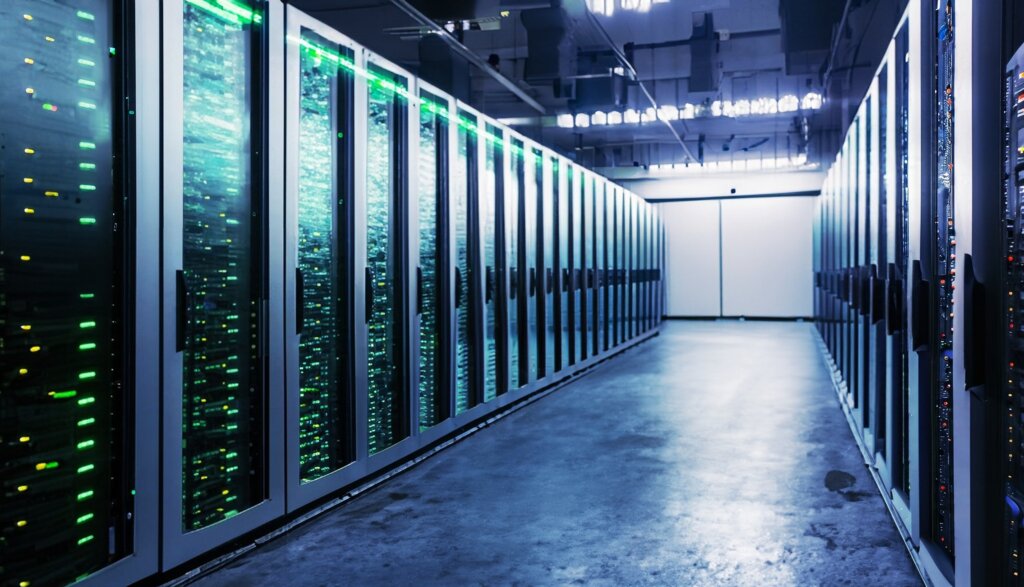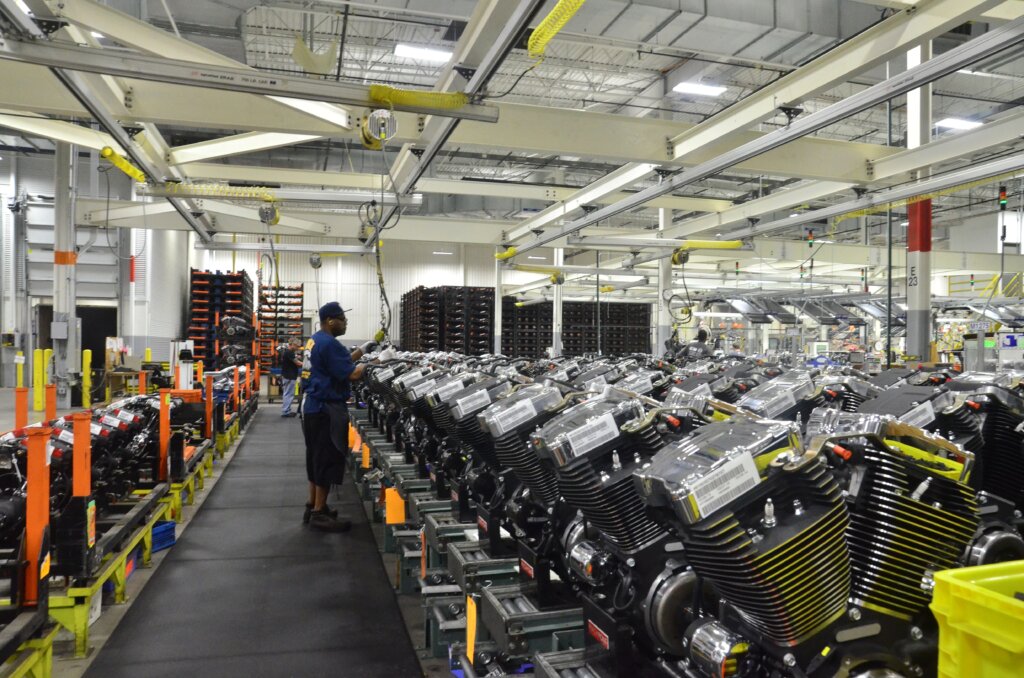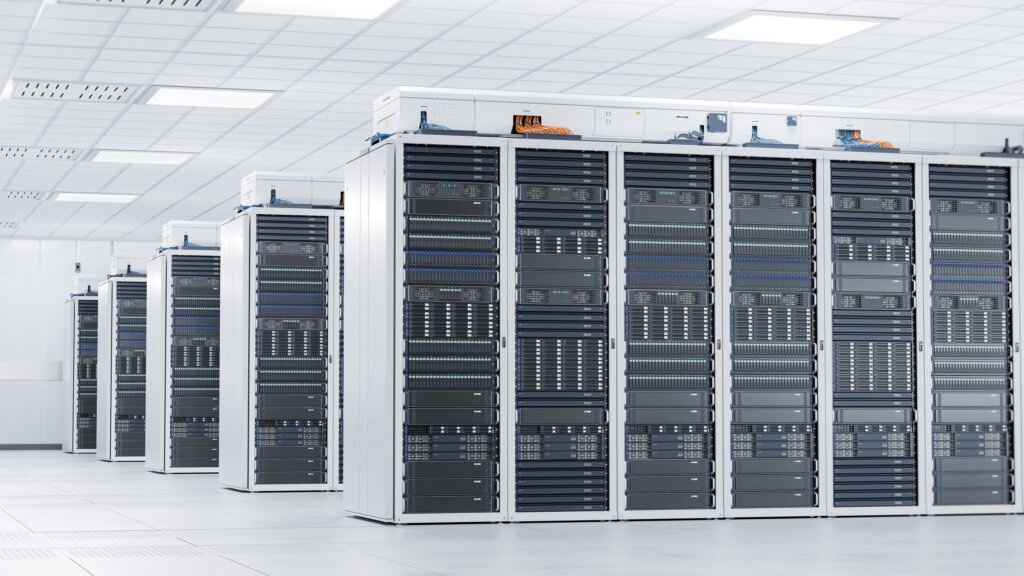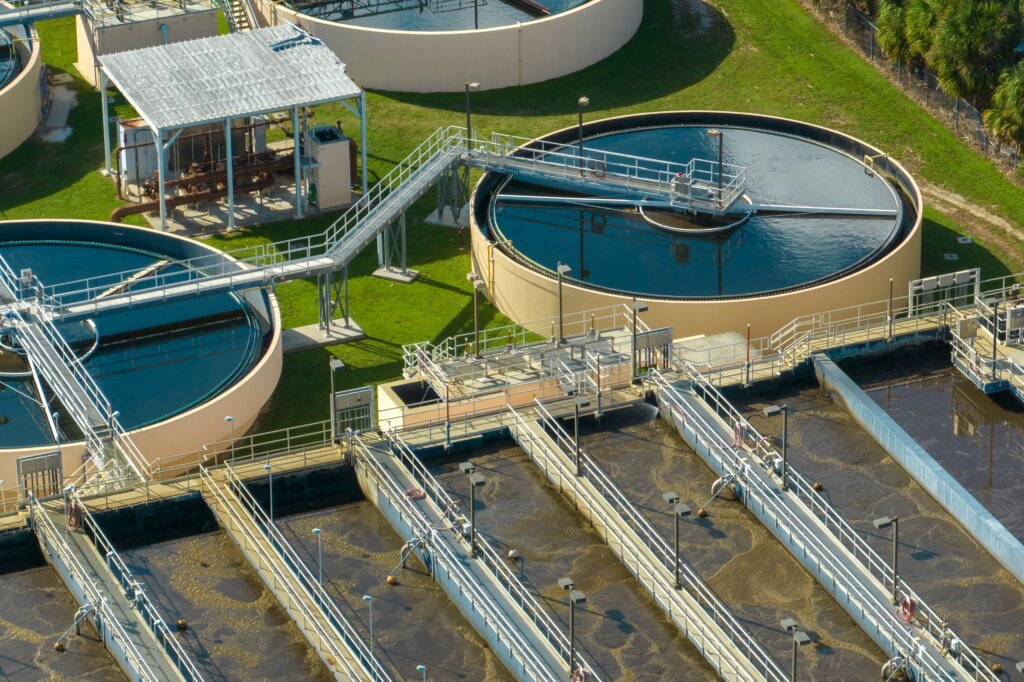Commercial and industrial critical facilities are essential infrastructure businesses that require continuous and reliable electrical power to ensure functional performance, productivity, safety, and any regulatory compliance standards. The “critical facilities” market can be defined as data centers, utilities, healthcare, transportation, financial, government, telecommunications, and wastewater treatment … to name a few sectors. These types of facilities often support vital functions and services that, if disrupted, could have significant (and possibly long-term) economic, safety, and operational impacts to both the business itself, as well as to the communities or customers they serve.


Key Benefits Of Power Resiliency In Critical Facilities
Power resiliency is crucial for commercial and industrial critical facilities and applications for multiple reasons, including:
- Life Safety: In many industries, power outages can pose significant risks to human life. For example, healthcare facilities rely on continuous power to operate life-sustaining and life-saving equipment, and manufacturing plants may have equipment safety devices that depend on uninterrupted power to prevent accidents. Additionally, safe emergency egress from any facility is imperative.
- Operational Continuity: For industries that operate 24/7, even a brief power interruption can halt automation, disrupt production schedules, and lead to missed deadlines and lost revenue.
- Data Integrity: Many commercial and industrial operations depend on data for their daily functions. Power interruptions can result in data loss or corruption, which can have far-reaching consequences for business operations and decision-making.
- Compliance and Reputation: Many industries are subject to regulatory requirements that mandate certain levels of power reliability. Failure to meet these standards can result in fines and damage to a company’s reputation.
- Customer Satisfaction: For businesses that provide critical services, such as communications or financial services, power resiliency is essential to maintain customer trust and satisfaction. Interruptions in service can lead to customer dissatisfaction and loss of business.
By ensuring power resiliency in the types of critical facilities defined above and by understanding and mitigating the operational impact of power disruptions, organizations can maintain operational continuity, protect life safety, and support essential services. The balance of this article identifies three (3) key strategies to meet today’s demands for electrical power resiliency within critical facilities. By examining each of these strategies, critical facilities teams can subsequently chart a course of action based on best practices.
1. Identify Power Resiliency Challenges
The commercial and industrial critical infrastructure is abundant with potential hazards to uninterrupted power … from cybersecurity attacks targeting data and telecommunications networks to extreme weather events posing significant risks to property and the electrical grid itself. Critical facilities need comprehensive plans to mitigate risks. Identifying power resiliency challenges involves a comprehensive assessment of the facility’s current power infrastructure and potential vulnerabilities.
Here are the key steps that help identify these challenges:

- Conduct a Risk Assessment: Identify and evaluate the potential risks that could impact the facility’s electrical power; e.g., natural disasters, cyber-attacks, building security and equipment failures, and aging infrastructure.
- Evaluate Critical Systems: Identify which processes are critical to facility operations and require uninterrupted power; e.g., life safety systems, manufacturing lines, and data / communication networks.
- Assess Power Infrastructure Health: Identify wear-and-tear and outdated technology, as well as insufficient capacity; including power distribution units, uninterruptible power supplies (UPS), and other backup power systems.
- Identify Single Points Of Failure: These are the components or systems that could cause a complete power outage if they fail.
- Analyze Historical Data: Review past occurrences of power anomalies, disruptions, and outages to identify underlying vulnerabilities in the facility’s electrical power system.
- Engage And Consult With Key Stakeholders: Facility managers, I.T. team members, and safety leaders can provide valuable insights on potential power resiliency challenges from each of those perspectives.
- Review Maintenance Practices And Schedules: Identify the potential for unexpected equipment failures and reduced resiliency.
- Benchmark Against Industry Standards: Compare the facility’s power resiliency practices with industry standards and best practices, and identify areas for improvement.
- Conduct Regular Simulations And Emergency Drills: Test the facility’s power resiliency plans, identify weaknesses, and improve response strategies.
- Monitor Regulatory And Compliance Requirements: These standards impact power resiliency. Ensure that the facility’s practices align with these standards to avoid penalties, and to maintain safe operations and emergency egress.
By systematically assessing these areas, a critical facilities team can identify power resiliency challenges and develop strategies to address each challenge … thus ensuring continuous and reliable power for essential commercial and industrial operations.
2. Understand the Impact of Downtime on Commercial and Industrial Operations
In today’s competitive business environment, a moment of unplanned downtime can incur significant operational, financial, and reputational costs. When operations stand still, productivity drops or ceases; and companies can face substantial revenue loss, damaged customer trust, and compromised safety standards. For sectors where uptime is crucial for life safety and maintaining critical services, the stakes are even higher. A deep understanding of these potential impacts allows businesses to fortify their power resiliency strategies.

Economic Costs of Power Interruptions
Unplanned power interruptions can disrupt operations, leading to substantial financial consequences for industries. The U.S. Department of Energy has estimated that power outages cost U.S. businesses at least $150 billion annually in lost productivity and revenue. 1
The economic impact of power interruptions extends far beyond the immediate costs of lost productivity. Companies might face contractual penalties, spoilage of perishable goods, and delays in meeting deadlines … all of which affect their overall market reputation. Preventive measures and investments in power resiliency are not just “necessary expenses” but crucial steps to safeguard against exorbitant financial losses. Implementing robust power solutions ensures continuity and protects the company’s bottom line.
Operational Disruptions and Their Consequences
Operational disruptions impact critical processes.
These disruptions challenge the seamless flow of daily operations. When power systems fail, the entirety of a commercial or industrial setup can come to a grinding halt, affecting product deliveries and service availabilities. Additionally, downtime can cause irreversible damage to equipment that is sensitive to power fluctuations.
Power resiliency ensures business continuity.
Predicting or mitigating such disruptions is paramount — not only to ensure consistent revenue generation but also to maintain customer satisfaction and trust. Companies that leverage advanced power resiliency strategies can avoid these pitfalls effectively.
These disruptions emphasize how essential it is to implement comprehensive power management solutions based on best practices. Embracing innovative power management practices and forward-thinking technologies enables an organization to position itself as a market leader and ahead of its competitors.

3. Define And Manage Life Safety Concerns
Addressing life safety concerns requires comprehensive planning, particularly in the context of power resiliency. Life safety in commercial or industrial facilities encompasses a wide range of measures and systems designed to protect the well-being of occupants and ensure their safe evacuation in case of emergencies. Key components include:
- Fire protection systems, alarms, and sprinkler systems
- Emergency egress lighting and signage
- Communication and public address systems
- National, state, and local building and life safety code compliance
- Security systems, access control, and surveillance cameras
- Backup power systems such as uninterruptible power supplies (UPS) and generators

By integrating these components, commercial and industrial facilities can create a comprehensive life safety strategy that protects occupants, minimizes risks, and ensures a swift and effective response during emergencies. Investments in microgrids and advanced energy storage solutions can also enhance the reliability of the electrical power, providing a grid-independent energy source when the primary grid fails. Moreover, deploying microgrids, backup systems, and energy storage solutions creates a decentralized approach to energy management, which not only enhances power reliability but also offers flexibility in integrating renewable energy sources.
Implementing And Enhancing Power Resiliency: A Comprehensive Action Plan For Critical Facilities
Having identified power resiliency challenges, understood the impact of downtime on commercial and industrial operations, and addressed life safety concerns, the critical facilities team can now begin to implement and then continuously improve upon the power resiliency strategies. A comprehensive course of action includes:
- Develop A Detailed Implementation Plan: Prioritize the most critical areas that need immediate attention, based on previous assessments. Allocate resources, including budget, personnel, and equipment necessary to execute the plan.
- Invest In Infrastructure Upgrades: Install backup power systems, including UPS, generators, docking stations, and load banks. Redundant power systems create multiple power pathways to eliminate single points of failure.
- Implement Advanced Monitoring Systems: Deploy real-time monitoring tools to track power usage, system performance, and potential issues. Use predictive analytics to anticipate and mitigate potential power disruptions before they occur.
- Establish A Robust Maintenance Program: Conduct regular inspections and maintain all power systems to ensure they are in optimal condition. Implement preventive maintenance schedules to address potential issues before they lead to failures.
- Enhance Emergency Preparedness: Finalize and distribute a comprehensive emergency response plan which details procedures to follow when a power outage occurs. Conduct regular emergency and evacuation drills to ensure that all staff members are familiar with the emergency response plan and can act quickly during an actual outage.
- Train And Educate Staff: Continue to develop training programs which focus on power resiliency and emergency response. Keep staff up-to-date on new technologies, procedures, and best practices related to power resiliency.
- Engage With Stakeholders: Maintain open lines of communication with internal stakeholders to ensure that everyone is aligned and informed. Collaborate with external partners including utility providers and emergency services to ensure reliable and continuous power to the facility … thus enhancing resilience.
- Leverage Technology And Innovation: Explore integrating power redundancy and smart grid technologies to improve power distribution and reliability. Invest in UPS and battery energy storage systems (BESS) to provide additional backup power during outages.
- Monitor, Review, And Improve: Establish Key Performance Indicators (KPI’s) and other metrics to measure the effectiveness of power resilience and security strategies; including cybersecurity. Regularly review performance data and feedback to identify areas for continuous improvement; and update resilient power strategies accordingly.
- Document And Report: Keep detailed records of all power resiliency measures, maintenance activities, and incident responses. Provide regular reports to senior management and other stakeholders, detailing the progress and effectiveness of power resiliency strategies.
By following these steps, commercial and industrial critical facilities teams can effectively implement and continuously improve power resiliency strategies … thereby ensuring operational continuity, protecting life safety, and maintaining a competitive edge. To learn more about power resiliency solutions for critical commercial and industrial facilities, consider scheduling a lunch-n-learn with one of our electrical power application specialists!
References:
1 Pinkerton. (world leader in comprehensive risk management) “The Impact Of Power Outages” Nov 7, 2023. https://pinkerton.com/our-insights/blog/the-impact-of-power-outages